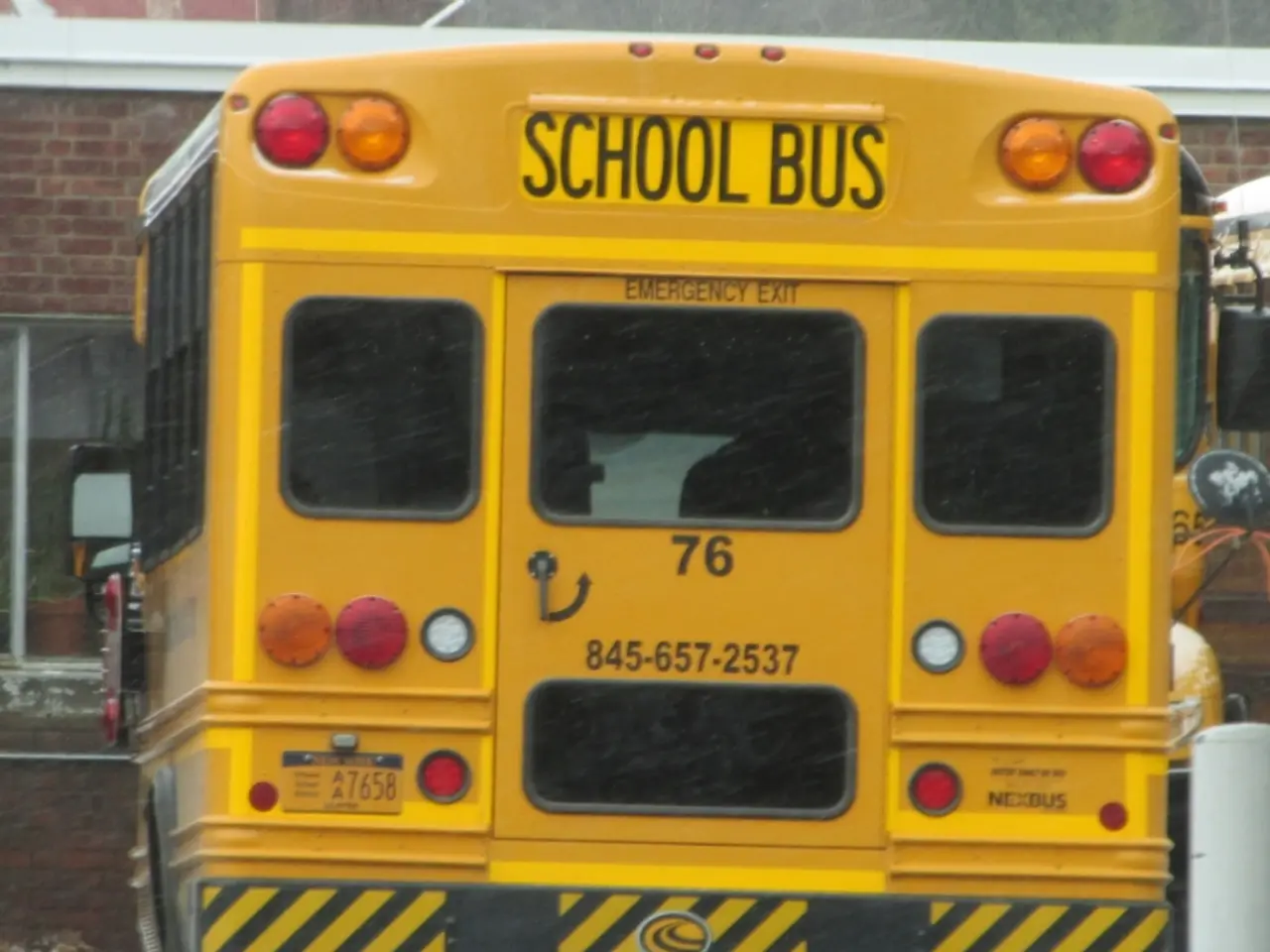Exploring the Pros and Cons of School Choice Programs: Advantages and difficulties encountered
School choice initiatives, which allow parents to select educational options for their children beyond the default public school assigned to them, are expected to evolve in the future with a focus on increased legislation, technology integration, and a heightened emphasis on equity.
Impact on Educational Equity
School choice aims to increase opportunities for students, particularly those from marginalized or low-income backgrounds, by offering access to alternative public, charter, or private schools. However, critics argue that these programs can undermine equity by draining resources from traditional public schools that serve the majority of disadvantaged students, weakening supports critical for whole-child equity such as mental health services, social-emotional learning, and identity-affirming environments. Advocacy groups like the Educational Opportunities Project emphasize the importance of equitable access and diverse, integrated learning environments and work to combat segregation and discriminatory policies that exacerbate inequity.
Impact on Overall School Performance
While school choice can improve enrollment outcomes in selective institutions, such as Chile’s PACE program, these gains can come with unintended effects like reduced pre-college academic effort and lower academic preparedness for college entrants. Some research suggests that choice programs do not necessarily drain public school funds and may even save taxpayers money, although the redistribution of funding raises concerns about resources available for public schools.
Benefits of School Choice Initiatives
School choice initiatives offer several advantages, including increased parental and student agency in selecting schools that best meet individual needs, potential to foster innovation and competition, and expanded options for marginalized communities that may be underserved by traditional public schools.
Challenges and Criticisms
School choice initiatives face significant challenges and criticisms, including the risk of increasing segregation by race or class, potential weakening of public school systems through funding diversion, variable academic outcomes, and political polarization within communities.
Examples of School Choice Initiatives
Examples of school choice initiatives include magnet schools, the Florida Tax Credit Scholarship Program, voucher programs, charter schools, and Education Savings Accounts (ESAs). For instance, the Milwaukee Parental Choice Program allows low-income families to choose private schools, contributing to increased student achievement metrics. Charter schools, like those in the Denver Public Schools system, have shown success through innovative curricular offerings and increased parental involvement.
Addressing Concerns and Moving Forward
Effective policy must carefully balance expanding access with maintaining equitable resources and supports for all students. To evaluate the effectiveness of school choice initiatives, academic performance, graduation rates, student satisfaction, and stakeholder feedback are key indicators. Stakeholder involvement, including parents, educators, policymakers, and community organizations, plays a crucial role in shaping educational policy related to school choice initiatives.
Recent trends in School Choice Initiatives include the rise of charter schools and voucher programs, the expansion of online learning options, and legislative changes broadening eligibility for educational savings accounts and tax credit scholarships. As school choice initiatives continue to evolve, it is essential to address concerns about educational equity, sustained school performance, and the well-being of public education systems overall.
- E-learning integration could be a crucial part of school choice initiatives, providing flexibility and accessibility for students from all financial backgrounds in education-and-self-development.
- Finance plays a significant role in school choice discourse, with concerns about the fair distribution of resources and funding between traditional public schools and schools chosen through the e learning or charter system, impacting general-news and education-and-self-development sectors.




